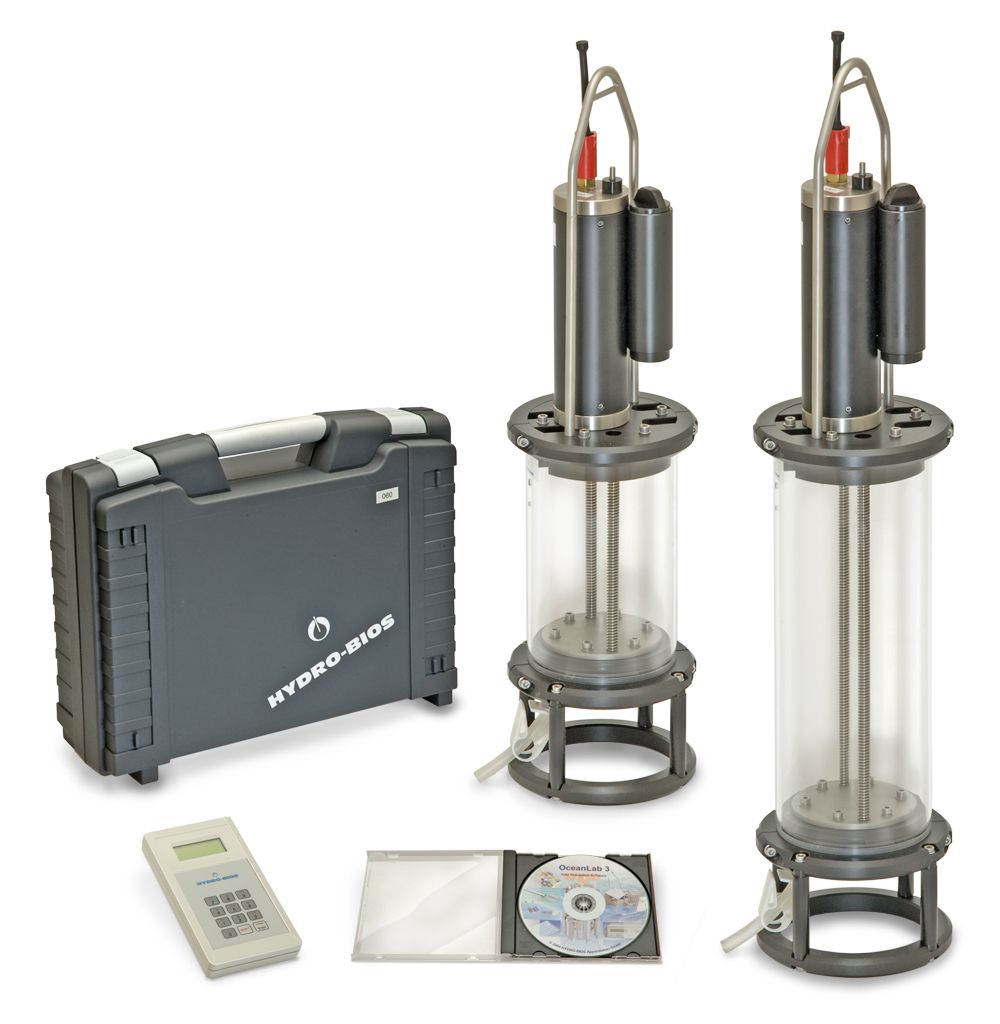德国HYDRO-BIOS公司——第三代积分采水◎器
IWS III- Integrating Water Sampler
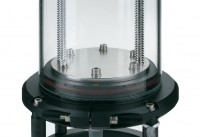
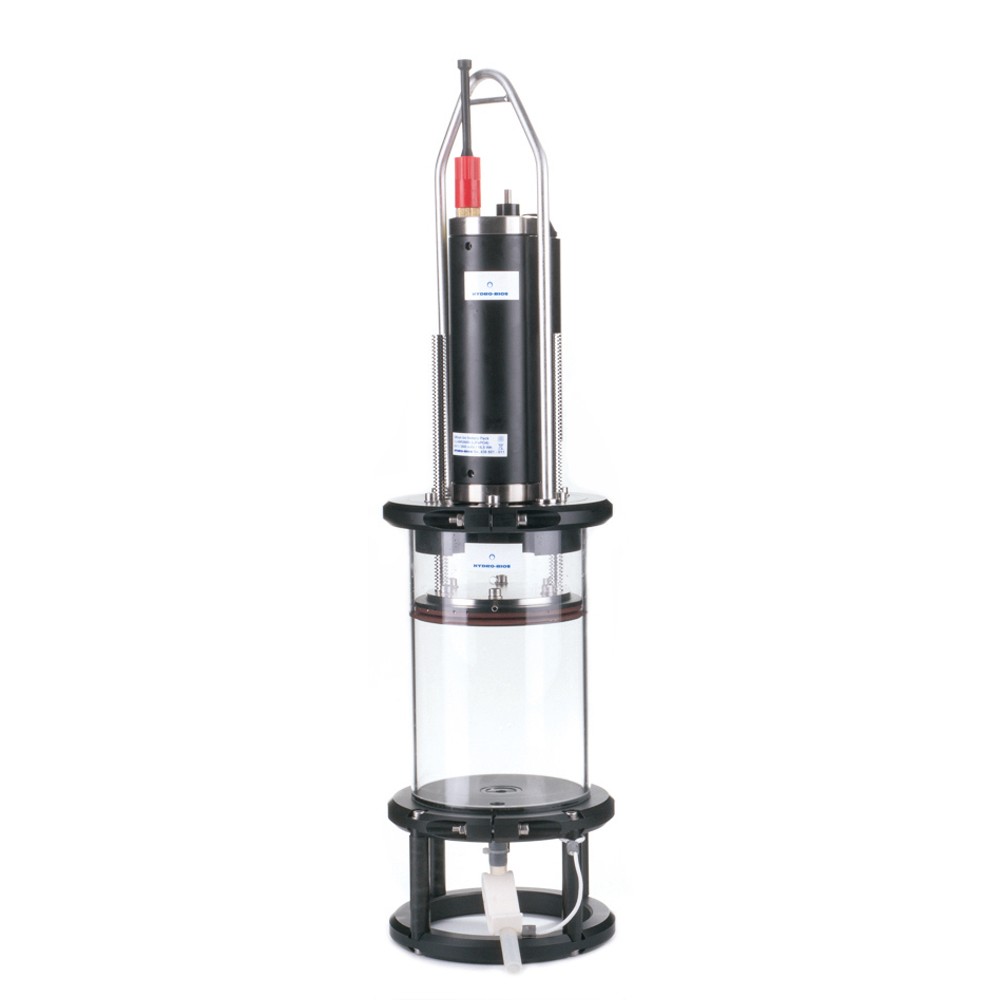
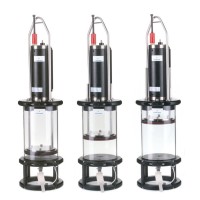
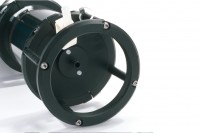
积分采水器的设计,是为了与欧盟水框架指令提出的要求相一致,用于对柱状水体∴进行积分采样。
特点:
外部电源配备单独的外壳
快速启动按钮-启动采水器,使用之前编程的采样深度
协议-集成在OceanLab3软件中
自由设定深度范围
新特点:
手持终端或电脑可以用蓝牙连接
无需连接电缆即可对现场采样预编程
时间-积分采样(例如可以对水平采样过程设↙定起始时间和结束时间)
采水器由内置的压力传感器和电子控制单元来控制,顶端还配备了小型的马达单元,确保对整个柱状水样在期望的深度进行完整的采样。供电由可充电的LiFePo4蓄电池来提供。
IWS III使用起来非常简单:
可以对期望深度(开始深度和结束深度可自由设定)进行编程,并将数据通过手持终端或电脑的OceanLab 3软』件存储在采水器中。采水器的推荐下降速度会显示在手持○终端的显示器上,然后采水器在水中下降,电子器件会自动调节由于船体的不稳定或海面的不平静【,使得采水器的下降速度不稳定所带来的采样误差。到达结束深度后,采水器中的样品含量为2.5或5L时被拉起,由于采样深度可以自由设定,可以获得不同深度的柱状水样。
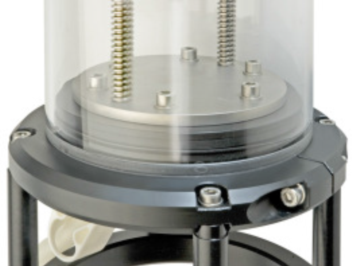
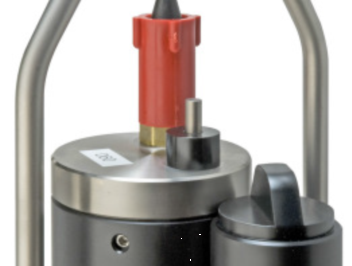
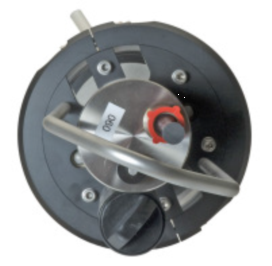
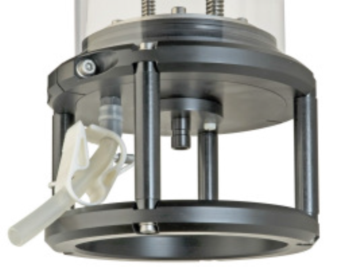
技术参数:
长度: 720或880mm
容积: 2.5或5.0L
材质:POM,丙烯▆酸塑料,钛合金,不锈钢
空气【中重量:7kg或8kg
操作:一组电池可以执行约20次完整采样工作
耐压深度: 100m
选配:
深海版本:耐压深度3000m
在线版本:通过手持终端或者PC进行控ㄨ制和深度读取(RS232-传输※距离约50米或FSK单芯电缆,传输距离无限制)
多通道采样系统:安装到多通道水样采集器上,可以同时进行多个不同深度的采样
积分采水器订购信息:
436 601 第三代积分采水器,2.5 L,100m
436 602 第三代积分采水器,2.5 L,3000m
436 606 第三代积分采水器,5.0 L,100m
436 607 第三代积分采水器,5.0 L,3000m
代表文献:
1.Edwin T.H.M. Peeters, Jean J.P. Gardeniers, Albert A. Koelmans,2000.Contribution of trace metals in structuring in situ macroinvertebrate community composition along a salinity gradient.Environmental Toxicology and Chemistry.19(4):1002-1010.
2.K. G. Schulz, R. G. J. Bellerby, C. P. D. Brussaard, J. Büdenbender, J. Czerny, A. Engel, M. Fischer, S. Koch-Klavsen, S. A. Krug, S. Lischka, A. Ludwig, M. Meyerh?fer, G. Nondal, A. Silyakova, A. Stuhr, and U. Riebesell,2012.Temporal biomass dynamics of an Arctic plankton bloom in response to increasing levels of atmospheric carbon dioxide.Biogeosciences Discussions.9:12543-12592.
3.Czerny, Jan, Schulz, Kai G., Boxhammer, Tim, Bellerby, R. G. J., Büdenbender, Jan, Engel, Anja, Krug, Sebastian, Ludwig, Andrea, Nachtigall, Kerstin, Nondal, G., Niehoff, B., Siljakova, A. and Riebesell, Ulf,2012.Element budgets in an Arctic mesocosm CO2 perturbation study.Biogeosciences Discussions.9 (8):11885-11924.
4.S. D. Archer, S. A. Kimmance, J. A. Stephens, F. E. Hopkins, R. G. J. Bellerby, K. G. Schulz, J. Piontek, and A. Engel,2012.Contrasting responses of DMS and DMSP to ocean acidification in Arctic waters.Biogeosciences Discussions.9:12803-12843.
5.Leu, E., Daase, M., Schulz, Kai G., Stuhr, Annegret and Riebesell, Ulf,2012.Effect of ocean acidification on the fatty acid composition of a natural plankton community.Biogeosciences Discussions.9 (7):8173-8197.
6.M. Sperling, J. Piontek, G. Gerdts, A. Wichels, H. Schunck, A.-S. Roy, J. La Roche, J. Gilbert, L. Bittner, S. Romac, U. Riebesell, and A. Engel,2012.Effect of elevated CO2 on the dynamics of particle attached and free living bacterioplankton communities in an Arctic fjord.Biogeosciences Discussions.9:10725-10755.
7.Kluijver, A. de,2012.Carbon flows in natural plankton communities in the Anthropocene.Geowetenschappen Proefschriften.1-118.
8.K. G. Schulz, U. Riebesell,2012.Diurnal changes in seawater carbonate chemistry speciation at increasing atmospheric carbon dioxide.Marine Biology.DOI 10.1007/s00227-012-1965-y.
9.J. Hua, W.H. Hwang,2012.Effects of voyage routing on the survival of microbes in ballast water.Ocean Engineering.42:165-175.
10."T. Tanaka, S. Alliouane, R. G. B. Bellerby, J. Czerny, A. de Kluijver, U. Riebesell6, K. G. Schulz,
A. Silyakova, and J.-P. Gattuso",2013.Effect of increased pCO2 on the planktonic metabolic balance during a mesocosm experiment in an Arctic fjord.Biogeosciences(BG).10:315–325.
11.A. de Kluijver, K. Soetaert, J. Czerny, K. G. Schulz, T. Boxhammer, U. Riebesell, and J. J. Middelburg,2013.A 13C labelling study on carbon fluxes in Arctic plankton communities under elevated CO2 levels.Biogeosciences(BG).10:1425-1440.
12.Czerny, Jan, Schulz, Kai G., Ludwig, Andrea and Riebesell, Ulf,2013.A simple method for air–sea gas exchange measurements in mesocosms and its application in carbon budgeting.Biogeosciences(BG).10 (3):11989-12017.
13.F. E. Hopkins, S. A. Kimmance1, J. A. Stephens, R. G. J. Bellerby, C. P. D. Brussaard, J. Czerny, K. G. Schulz, and S. D. Archer,2013.Response of halocarbons to ocean acidification in the Arctic.Biogeosciences(BG).10:2331-2345.
14.Czerny, Jan, Schulz, Kai G., Boxhammer, Tim, Bellerby, R. G. J., Büdenbender, Jan, Engel, Anja, Krug, Sebastian, Ludwig, Andrea, Nachtigall, Kerstin, Nondal, G., Niehoff, B., Silyakova, A. and Riebesell, Ulf,2013.Implications of elevated CO2 on pelagic carbon fluxes in an Arctic mesocosm study – an elemental mass balance approach.Biogeosciences(BG).10 (5):3109-3125.
15.R. Zhang, X. Xia, S. C. K. Lau, C. Motegi, M. G. Weinbauer, and N. Jiao,2013.Response of bacterioplankton community structure to an artificial gradient of pCO2 in the Arctic Ocean.Biogeosciences(BG).10, 3679–3689, 2013.
更多关¤键词:水体采样,积分采水器,采水器,底部采水器,深度积分采水器,柱状水体采样,简易采水器




